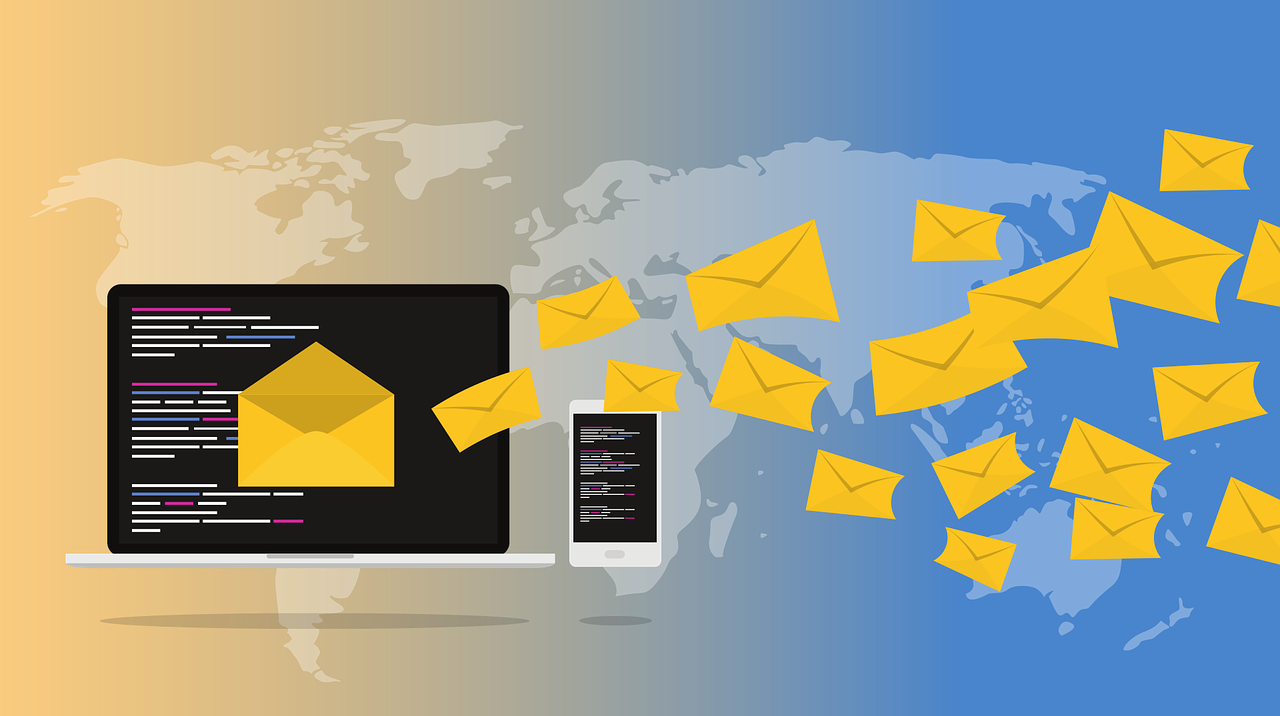In parts one and two of our three-part series on email newsletter best practices, we addressed strategic planning (including goals, audiences, and competitive benchmarking) as well as strategies and tactics to grow your email newsletter subscriber base and how to design an email newsletter template that both engages recipients and facilitates communication of important company news and information. In the final segment of our series, we will outline how to utilize A/B testing to improve your email newsletter performance, audience segmentation and how to analyze data to inform future optimization efforts to maximize the ROI of your email newsletter.
Refine design and content mix via A/B testing
To gain the most value from your investment in an email newsletter, regularly evaluate various aspects of the newsletter. A/B testing provides rapid testing, by segmenting your list into at least two groups, where segment A receives one version of the newsletter and group B receives a slightly different version. The larger the list size, the greater the number of segments. To generate statistically significant results, however, your email list must be at least 1,000 emails, as each segment should be no less than 500 recipients.
Below are a few of the most common elements to A/B test, once the list is large enough:
- Subject line (offers, key messages, emojis, etc.)
- Design elements (masthead, layout, etc.)
- Content elements (overall length, use of bullet points and embedded media)
- CTAs
- Sending schedule (week, day, time, etc.). Tuesdays and Wednesdays are the best days to send emails.
Segment your email list
Another strategy for maximizing engagement and ROI is to further segment your email list. The first requirement for effective segmentation strategies is having sufficient data on each subscriber: demographics, past purchases or indicated interest in purchase by category and buyer timeline.
Segmentation also can include indicated interest in topics as well as past website or newsletter behavior. Since segmentation requires a level of data and platform sophistication, I recommend revisiting once the list size, quality and platform functionality justifies the effort.
There are a host of elements that can be personalized via segmentation to maximize opens, reads and clicks. The following recommendations are worth considering. For starters, consider sending new subscribers a customized welcome series introducing your brand to set the stage.
Next, consider segmenting your existing subscribers into categories such as past customers, recent customers, prospective customers and website sign-ups. Segment your email list so you can send targeted emails to distinct groups of people. For example, you could send emails to people who have purchased a certain product, or who live in a certain geographic area (this is important for national or global organizations).
Maximize email newsletter performance
With the benefits of A/B testing and segmentation, response rates should be optimized. However, there are best practices to consider that do not require extensive testing and segmentation. Using best practices are likely to further enhance newsletter performance.
The most crucial step for CAN-SPAM compliance is to maintain opt-in records for all email newsletter recipients. Be sure to remind all email recipients to add your email address to the “safe sender” list to avoid junk or spam folders. Another way to avoid unwanted filtering is to avoid excessive capitalization or other buzzwords like “free,” “cash” or “credit” in the body copy.
Always monitor and track your email newsletter results so you can see what is working and what is not. Use analytics tools to track your open rates, click-thru rates and unsubscribe rates. Email hygiene is essential to ensure your email newsletter response rates are optimal. Maintain a clean email list by scrubbing bad/old emails that create hard bounces.
Also, always maintain a list of unsubscribed contacts for CAN-SPAM and marketing best practice compliance, so your team does not accidentally add an unsubscribed contact again and further exacerbate the relationship.
Lastly, benchmark your open/read and click-thru rate data against available industry information. MailerLite has a sampling of open rates by industry and KPI benchmarks across all industries.
Analyze and optimize
The newsletter’s ROI is determined by carefully monitoring key performance indicators and looking for opportunities for improvement. The most common KPIs for email newsletters include open rates, CTRs, and conversion rates. The data should be analyzed one to two weeks after each newsletter is sent (to allow for maximum views).
Below are a handful of the most common elements to evaluate when looking at your email platform’s reporting:
- Trending open/read and click-thru rates as well as bounce and unsubscribe rates
- Top performing links (based on CTR)
- Most active recipients (based on number of opens and clicks)
- Bounces and unsubscribes should be reviewed for action (updating old emails based on hard bounces or adjusting sales or marketing efforts based on unsubscribes)
With an A/B testing plan in place to improve performance of your email newsletter, audience segmentation to enhance engagement and CTRs, and a standardized reporting infrastructure in place, you are ready to maximize the ROI of your email newsletter program.
If you missed part one where we addressed strategic planning (including goals, audiences, and competitive benchmarking) or part two, where we outlined strategies and tactics to grow your email newsletter subscriber base and template design best practices, please check them out.
By implementing the above steps and considering competitor insights, you can develop an effective email marketing plan for your brand that attracts, engages, and converts potential customers. Remember, continuous analysis and adaptation are key to success in the ever-evolving email marketing landscape.
